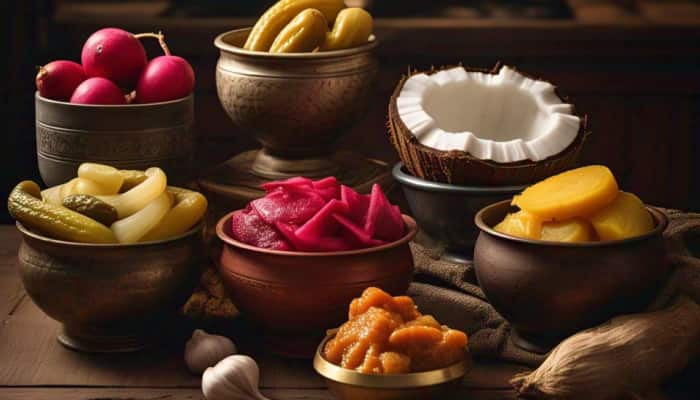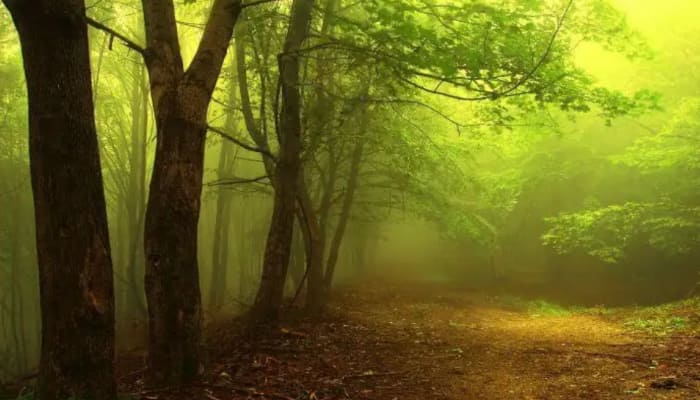Sharad Navratri—Significance of the festivity
Trending Photos
)
The auspicious festival of Sharad Navratri is on its way and so the preparations to seek the blessings of Goddess Shakti are in full spirit. Navratri is celebrated five times a year, namely—Vasanta Navaratri, Ashadha Navaratri, Sharad Navaratri, Paush/Magha Navaratri and Magha Navaratri.
However, out of all these, two are widely known and celebrated by all across the world—Vasanta Navratri and Sharad Navaratri. The Vasanta Navratri is also known by the name of Chaitra Navratri, which falls somewhere in the middle of March-April. While, the Sharad Navratri, which is the most important one and also referred to as the Maha Navratri is celebrated during September-October.
The nine-day long festival is dedicated to Goddess Durga and her nine avatars, which are worshipped each day. Largely there are five known types of Navratri falling in a year, out of which Sharad Navratri or Shardiya Navratri is the most significant one.
Significance of Sharad Navratri
Devi is worshipped during these nine days across the country, and it is this time when people are dressed in their colourful best. Navratri starts on the Pratipada or the first day of the lunar month of Ashwin. The dates of Navratri vary each year depending upon the Hindu Lunar calendar.
Sharad Navratri is considered to be the most important one and is also called Maha Navratri. Because it is celebrated during the Sharad maas (month) i.e. Beginning of winter time so it is referred to as Sharad or Shardiya Navratri also. This form of Navratri takes place during Sharad Ritu.
The practice of worshipping the mother goddess and the legend behind it varies from place-to-place because India is a diverse land and so is our culture.
Jai Mata Di!
Stay informed on all the latest news, real-time breaking news updates, and follow all the important headlines in india news and world News on Zee News.
Live Tv







)
)
)
)
)
)
)
)
)
)
